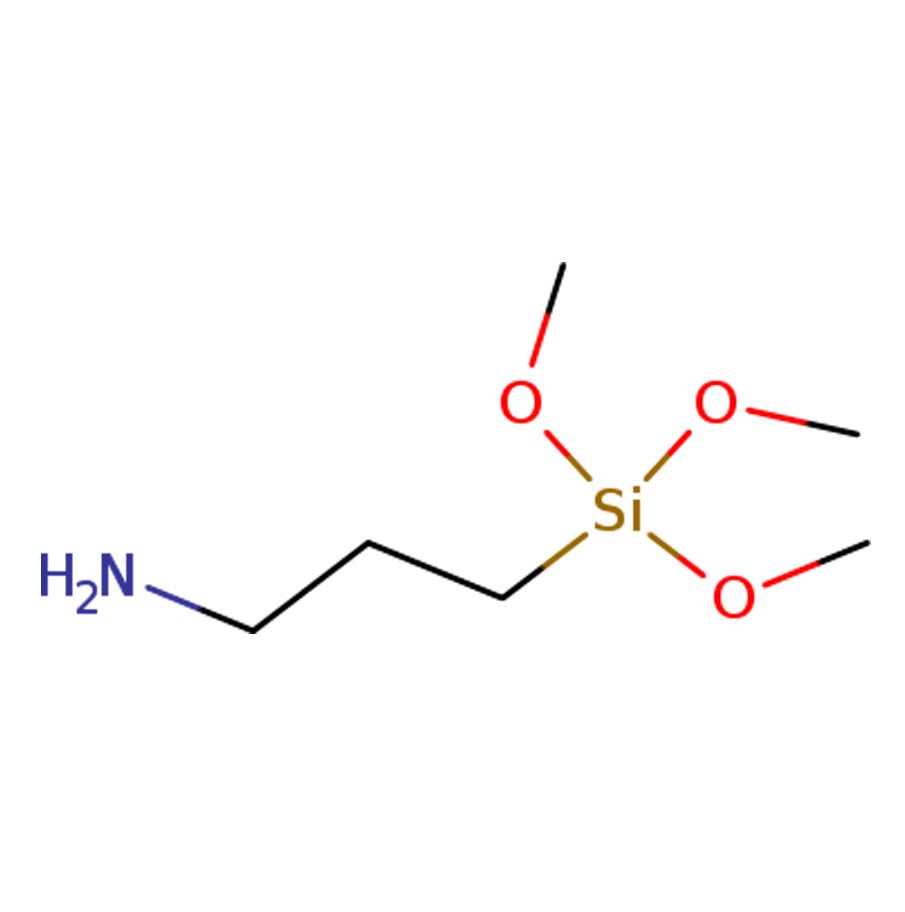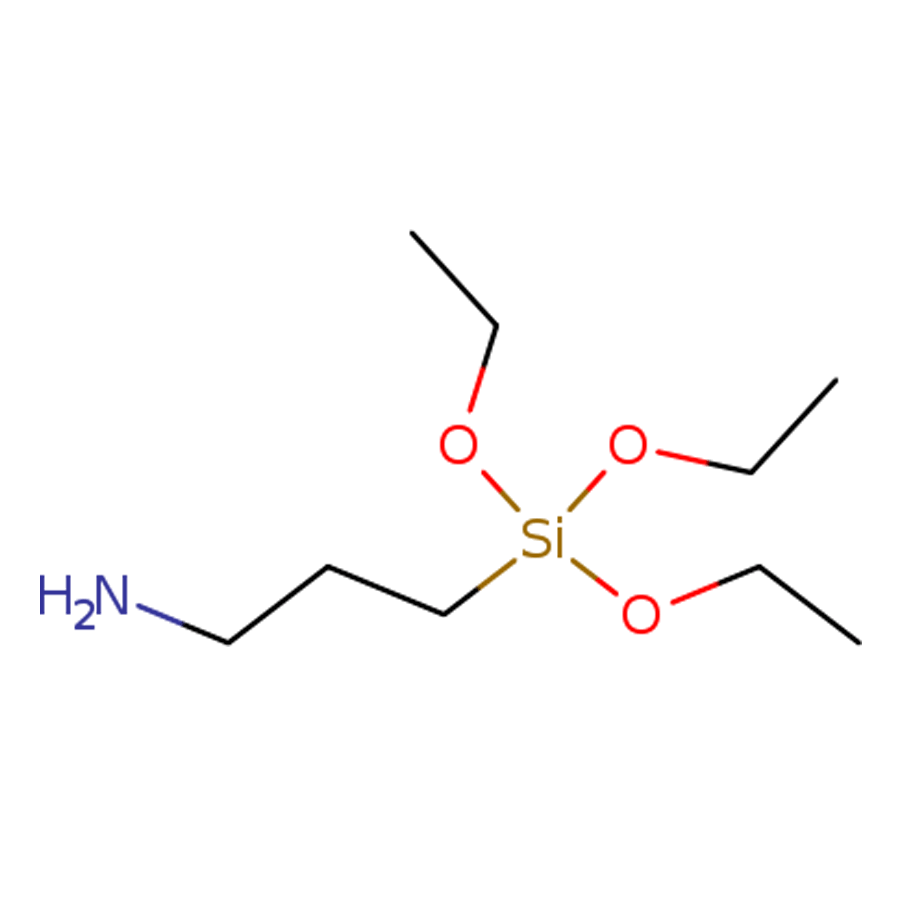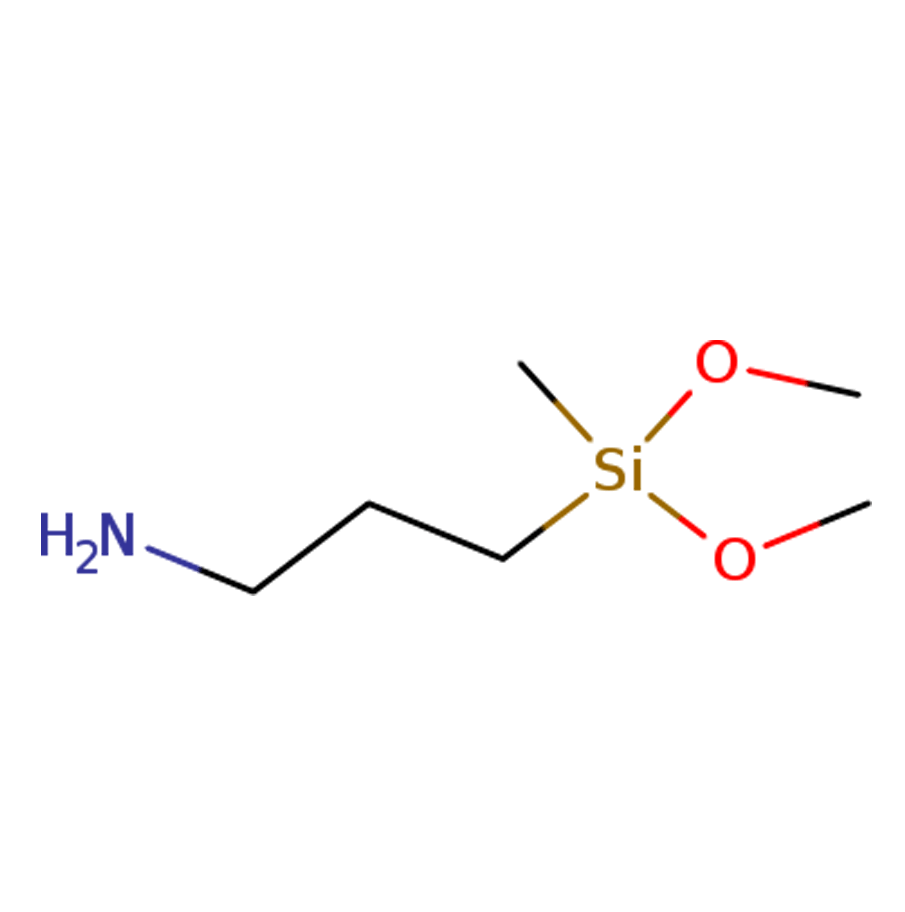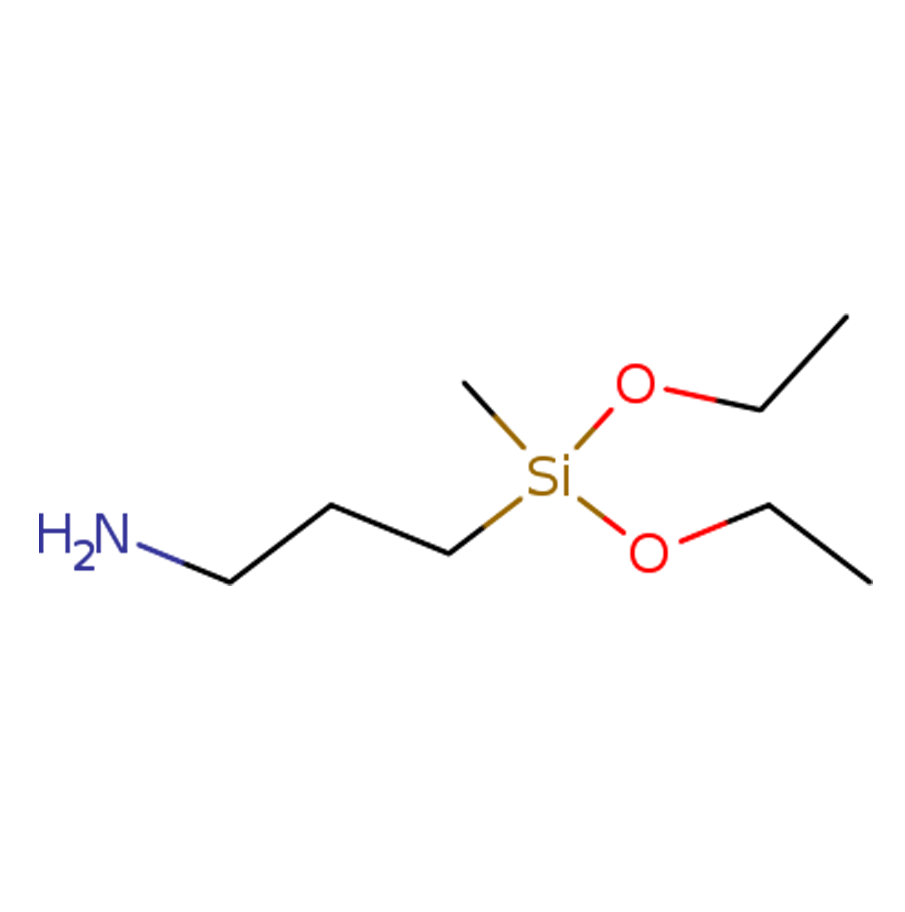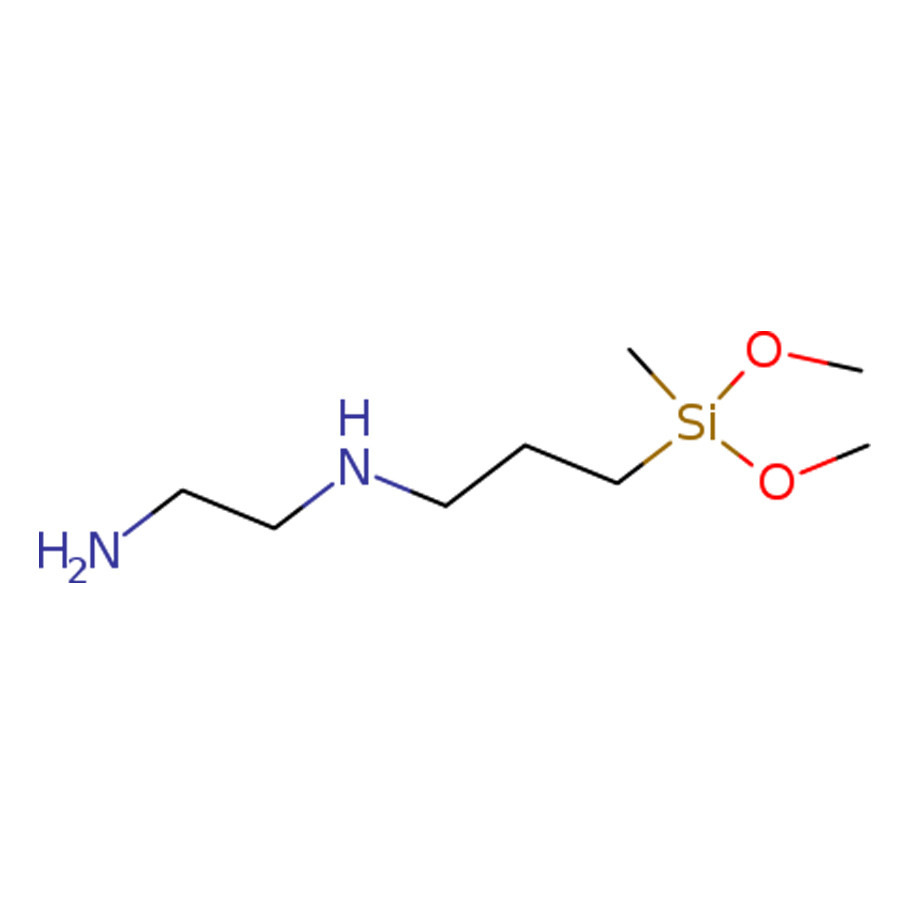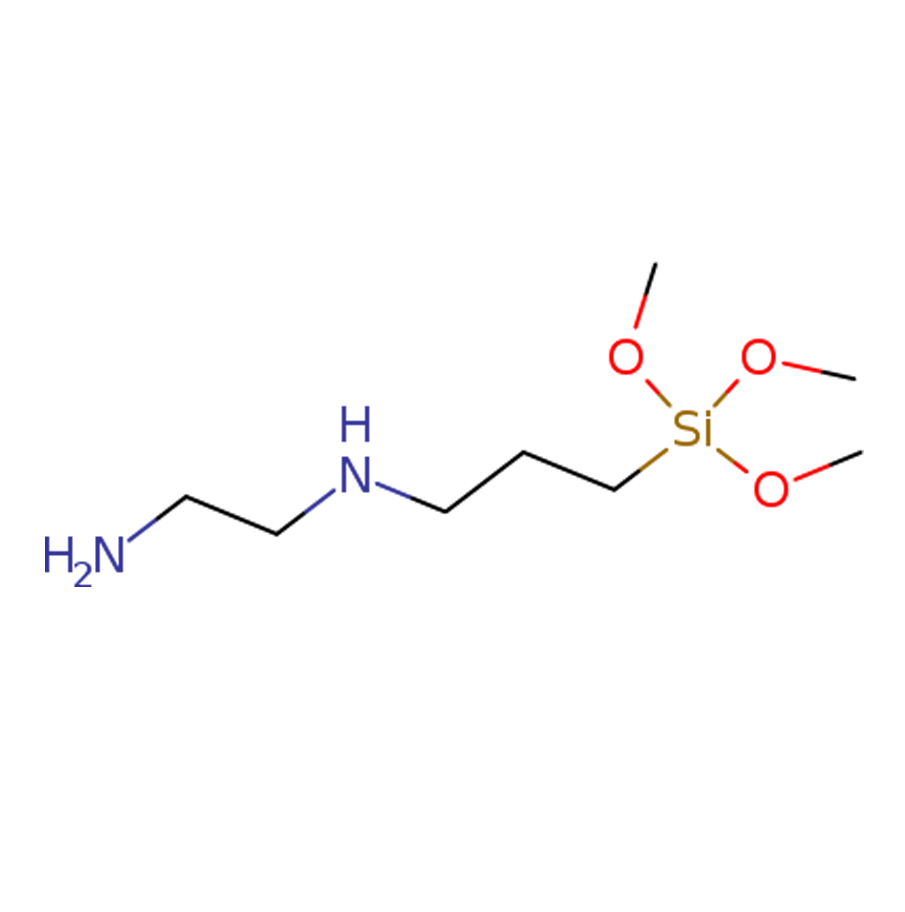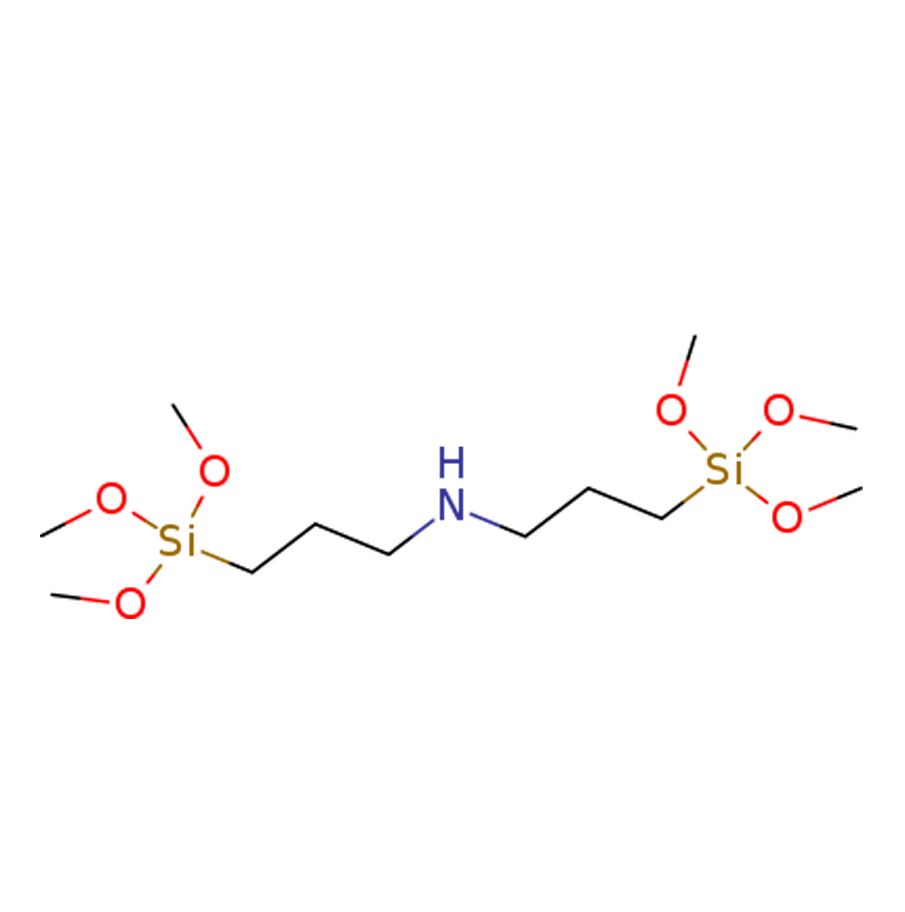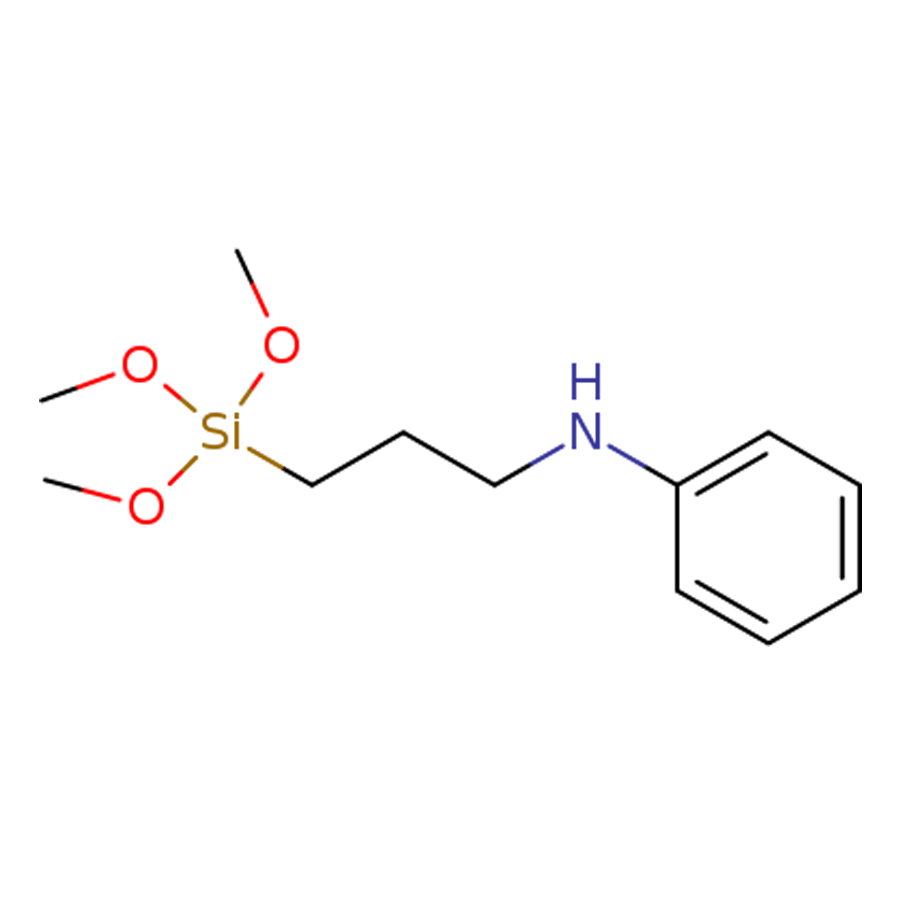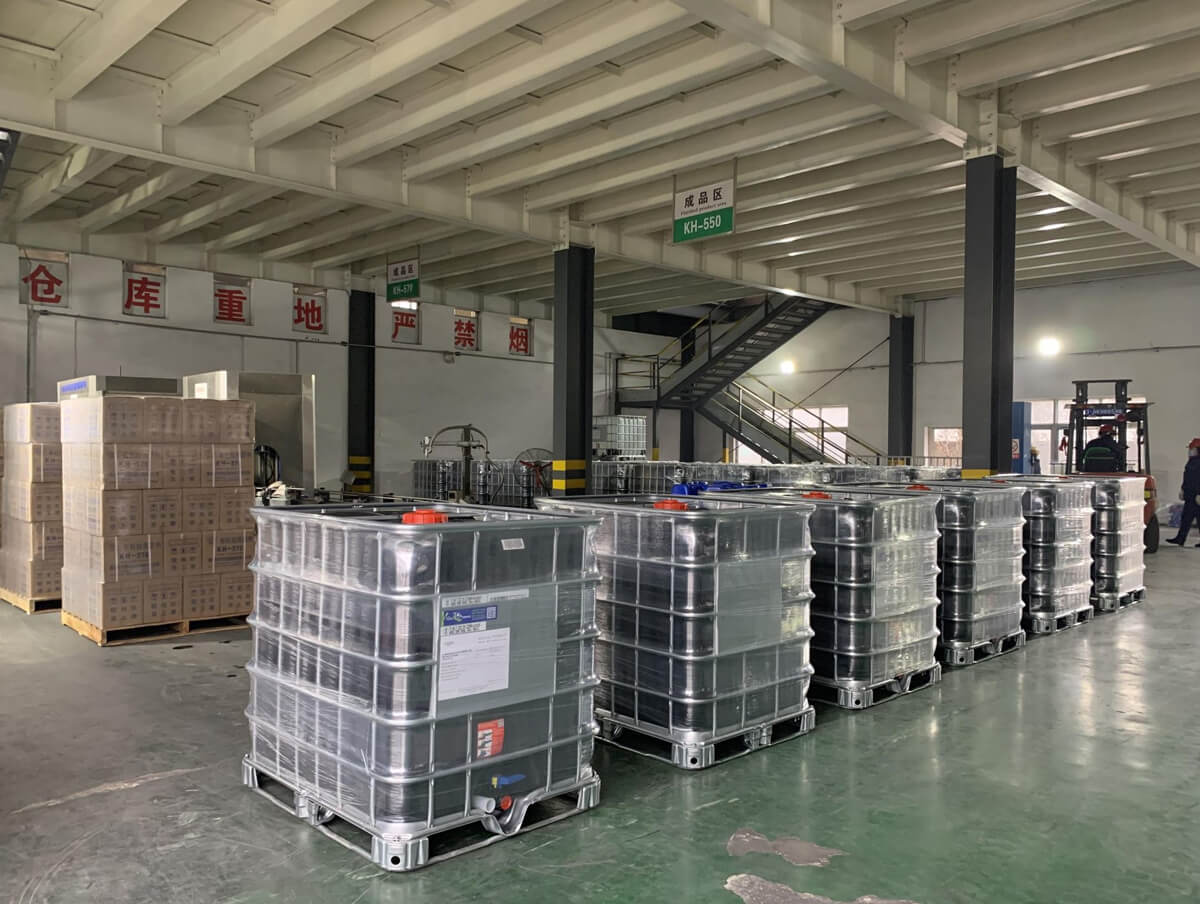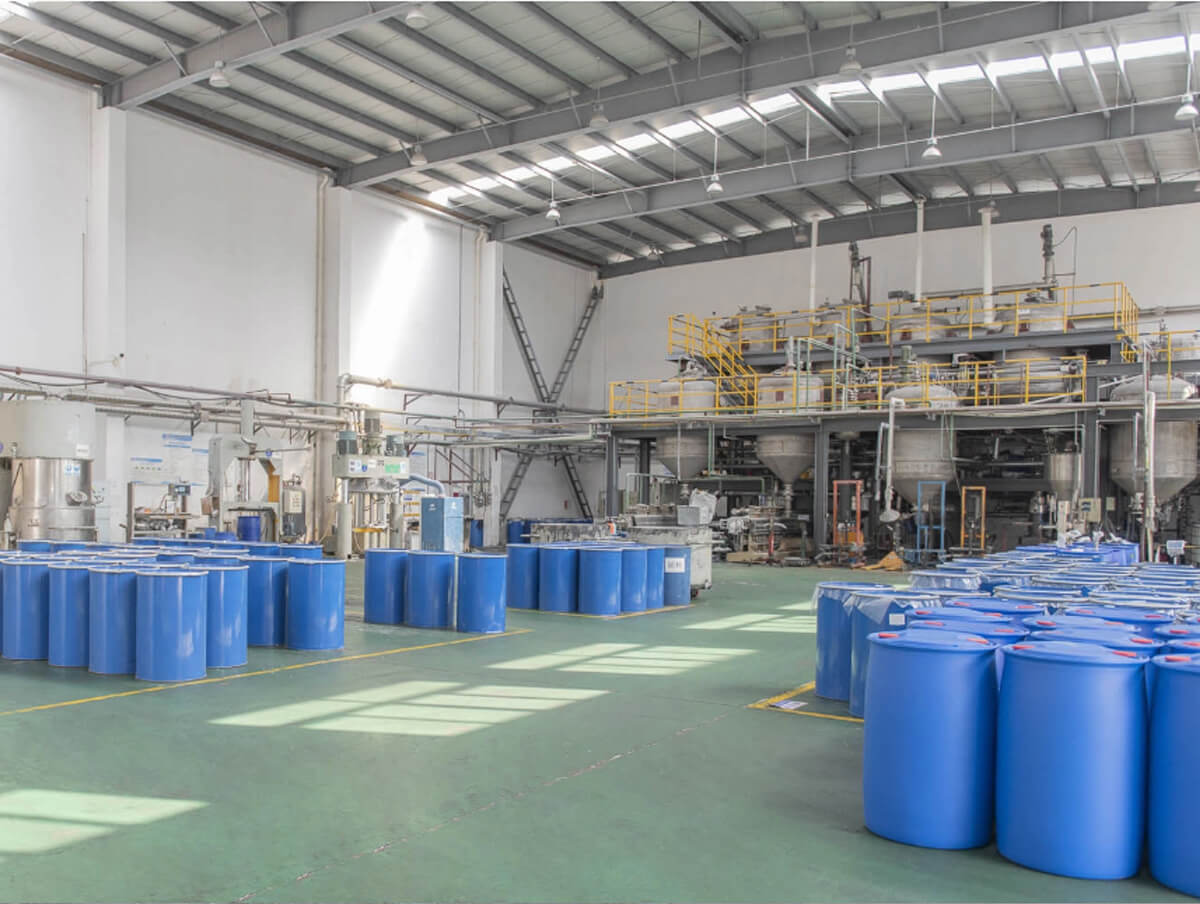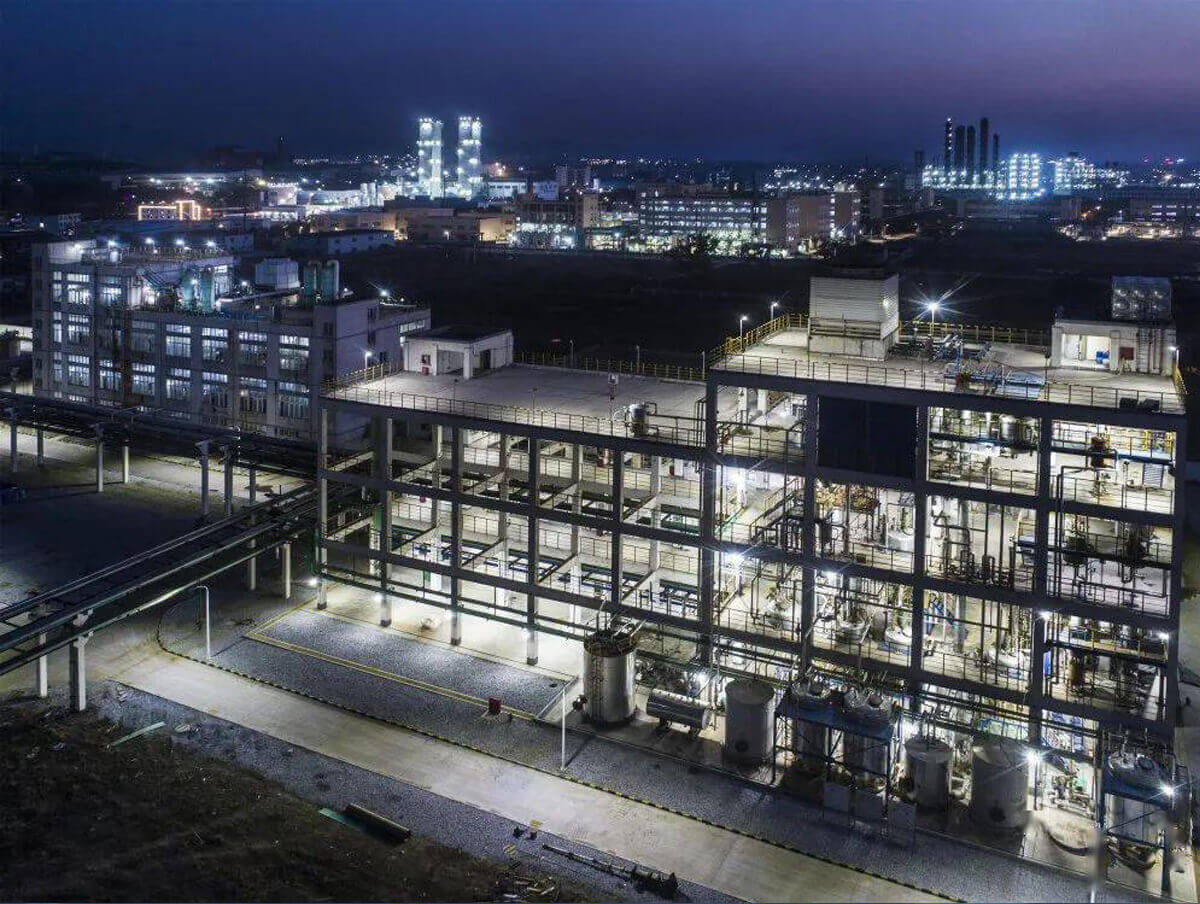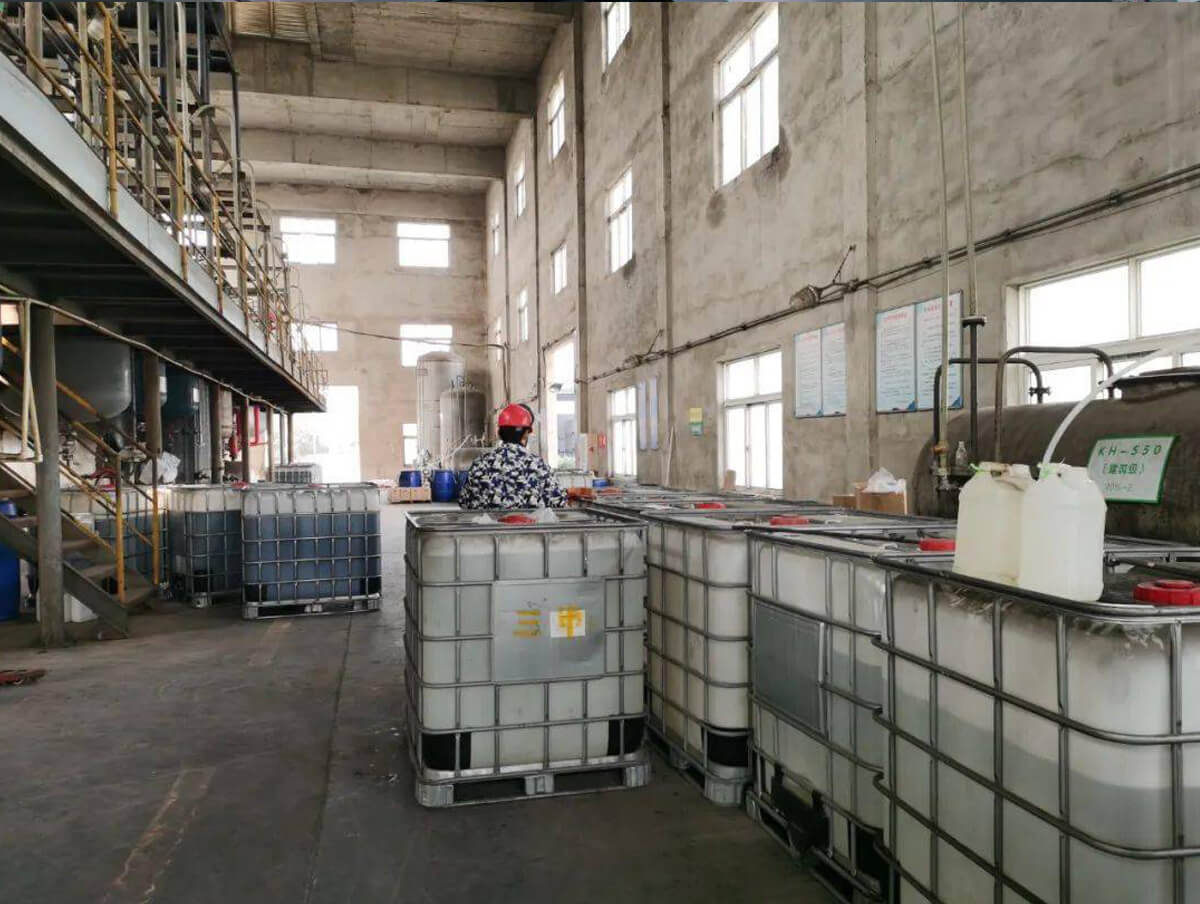Amino Silane
Amino Silane
Amino silanes are organosilicon compounds containing reactive amino groups and hydrolyzable alkoxysilyl groups. This bifunctional nature allows them to bond effectively with both organic polymers and inorganic materials like glass, metals, and fillers. Common applications include serving as adhesion promoters, coupling agents, surface modifiers, and resin additives. They enhance the chemical bonding of resins to inorganic fillers, improving mechanical and electrical properties in various industries such as coatings, adhesives, and composites.
| CAS NO. | Product Name |
| 13822-56-5 | 3-Aminopropyltrimethoxysilane |
| 919-30-2 | 3-Aminopropyltriethoxysilane |
| 3663-44-3 | 3-Aminopropylmethyldi methoxysilane |
| 3179-76-8 | 3-Aminopropylmethyl diethoxysilane |
| 3069-29-2 | N-(2-aminoethyl)- 3-Aminopropylmethyldi methoxysilane |
| 1760-24-3 | N-(2-aminoethyl)- 3-aminopropyltrimethoxysilane |
| 82985-35-1 | Bis(3-trimethoxysilylpropyl)amine |
| 15180-47-9 | Diethylaminomethyltriethoxysilane |
| 3068-76-6 | N-phenyl-3- Aminopropyltrimethoxysilane |
| 3473-76-5 | (N-Phenylamino) methyltriethoxysilane |
Key Features of Amino Silane
Amino silanes are bifunctional compounds with reactive amino groups and hydrolyzable alkoxy groups. These features allow them to bond effectively with both inorganic materials (like glass and metals) and organic polymers, improving adhesion and surface properties.
Key Features:
- High Stability: Amino silanes offer strong chemical stability and reactivity for various applications.
- Eco-Friendly Options: Some amino silanes, like 3-aminopropyltriethoxysilane, are recognized for their environmental compatibility.
- Solubility: They are soluble in many organic solvents, making them easy to use in different formulations.
Amino silanes improve the performance and durability of materials in various industries.
Functions & Applications of Amino Silanes
Amino silanes are essential silane coupling agents with both reactive amino groups and hydrolyzable alkoxy groups. These dual-functional compounds enhance adhesion, surface modification, and crosslinking in various applications.
Functions:
- Adhesion Promotion: Improves bonding between organic polymers and inorganic surfaces.
- Surface Modification: Enhances hydrophilicity, reactivity, and dispersion of fillers.
- Crosslinking & Compatibilization: Strengthens polymer matrices and improves mechanical properties.
Applications:
- Adhesives & Sealants: Boosts adhesion to metals, glass, and ceramics.
- Coatings & Paints: Enhances durability, corrosion resistance, and pigment dispersion.
- Plastics & Composites: Modifies fillers and improves mechanical strength.
- Textiles & Paper: Enhances dyeing properties and surface treatment.
Amino silanes are widely used in industrial formulations to enhance performance, adhesion, and durability in various materials.
Packaging Specifications

Silico® Prouducts
Get a Catalog & Best Price
- Quick and helpful reply within 24 hours;
- Tailored solutions provided for your project;
- One-stop purchasing service.
How to Select a Amino Silane
Selecting the right amino silane ensures strong adhesion and compatibility. Consider these factors:
- Functional Groups – Different amino silanes have varying reactivity. For example, 3-Aminopropyltrimethoxysilane is widely used for coupling organic polymers with inorganic surfaces.
- Resin Compatibility – Match the silane with your resin type (e.g., epoxy, polyurethane, PVC) to enhance adhesion and durability.
- Thermal & UV Stability – Choose silanes with low yellowing properties for applications exposed to heat and sunlight.
- Application Method – Consider solvent-free or diluted forms based on your processing needs.
By selecting the right amino silane, you improve bonding, durability, and performance in coatings, adhesives, and composites.

